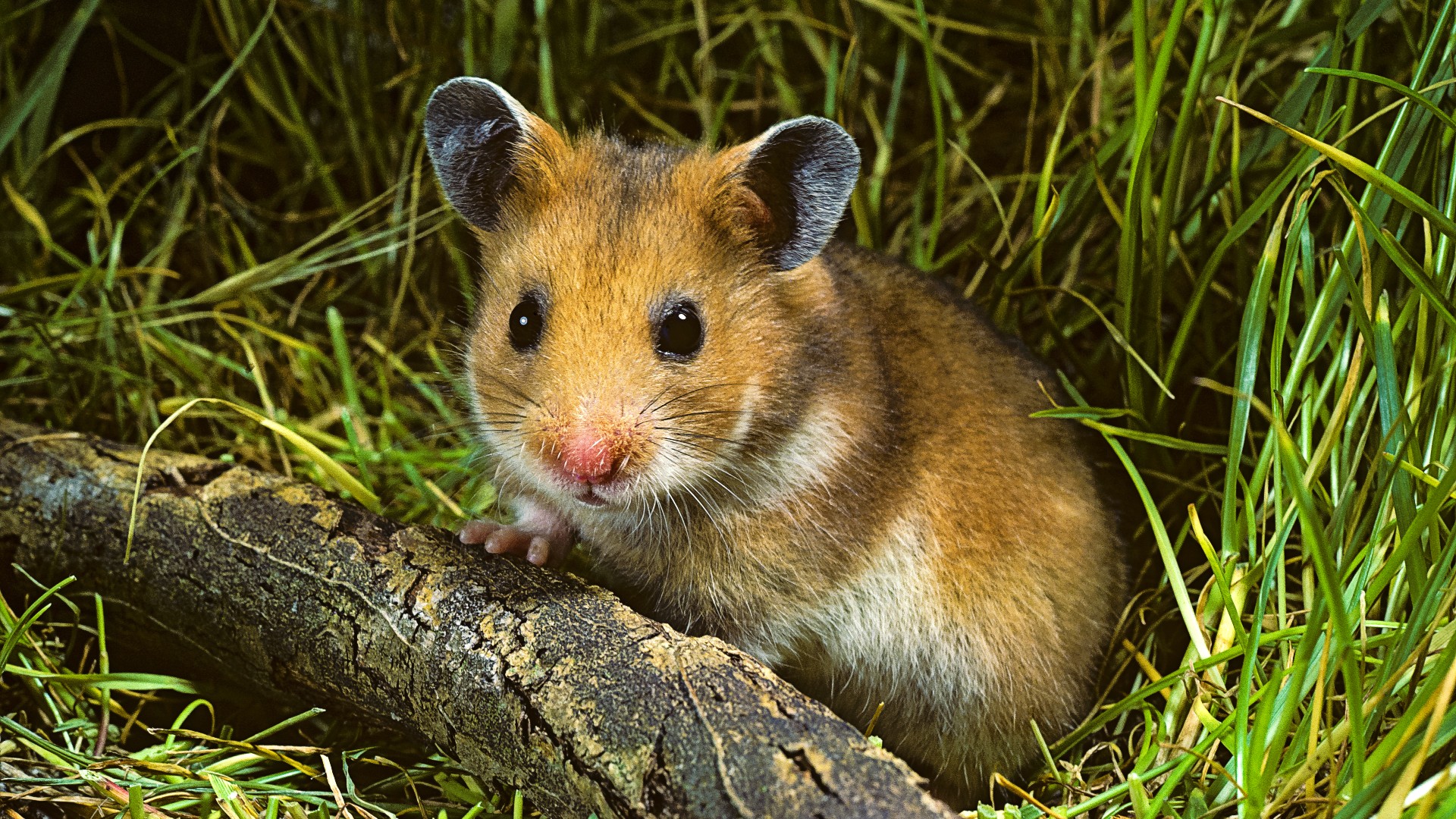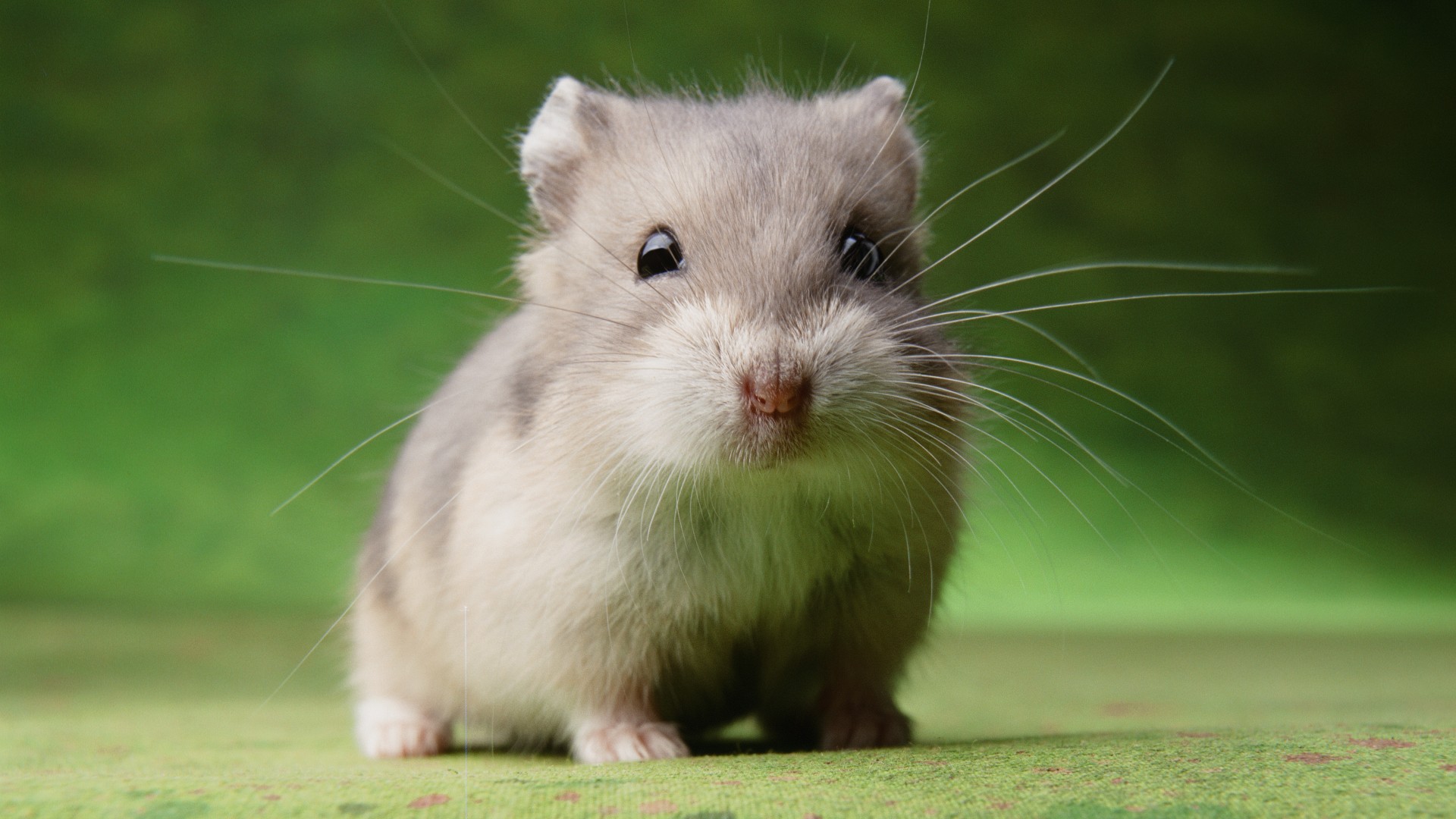Do hamsters have periods?
Do hamsters have periods? We explain what goes on inside the body of your female pocket pet...

‘Do hamsters have periods?’ is something you may have found yourself asking if you have a female pocket pet. All creatures have a reproductive cycle, but the symptoms and duration of these cycles can vary greatly from one species to the next.
While investing in the best hamster cage and furnishing it with cozy bedding and a variety of hamster toys is vital for ensuring your little one stays physically and mentally stimulated, it’s also important for you as a pet parent to understand what goes on inside your hammy’s body so that you can keep an eye on their health.
Unlike most women, who have a menstrual cycle and period each month, female hamsters don’t have periods. Instead, they have what’s known as an estrous cycle, which all female hamsters will experience once they reach sexual maturity. These cycles are short, regular and accompanied by vaginal discharge.
But, as with the menstrual cycles that women experience, female hamsters can experience abnormalities within their estrous cycle that you’ll want to be aware of. Below, we talk you through everything you need to know about the estrous cycle, as well as how you can tell if your hamster is in heat and signs she may be pregnant.
- 7 ways to keep your hamster happy
- Why is my hamster hiding from me? Causes and what to do
- How to bond with your hamster
What is the estrous cycle?
Depending on their breed, all hamsters will reach sexual maturity somewhere between four to six weeks of age. Once that happens, a female hamster will begin to experience her estrous cycle. Unlike the menstrual cycle experienced by women, which operates on a roughly 28-day cycle, a female hamster’s estrous cycle repeats every four days.
The estrous cycle begins during the night, which is when your hamster is most active and lasts for 12 hours. During this time your hammy will secrete discharge from their vagina that’s thick and slightly white in color. This 12-hour window is the signal to male hamsters that the female is in heat and ready to mate.
While the estrous cycle experienced by hamsters and the menstrual cycle experienced by women are markedly different, they do share one similarity – just as women will reach an age when they enter menopause and no longer have a menstrual cycle, a hamster’s estrous cycle will also cease when they become too old to get pregnant.
Will your hamster bleed during the estrous cycle?
No. Unlike the human menstrual cycle, the estrous cycle experienced by female hamsters is characterized by a white discharge as opposed to blood. That being said, while it’s fairly uncommon to see any blood during this time, the odd speck or two here and there isn’t generally something you need to worry about.
But if you notice more than a speck or two of blood, it’s really important that you consult with your veterinarian. Vaginal bleeding is often a sign of a more serious health issue and early detection is vital in ensuring your hamster gets the treatment they need.

How can I tell if my hamster is in heat?
There are a few signs that you can look out for that will alert you to the fact that your female hamster is in heat:
- Smell – do hamsters smell? During their estrous cycle they might. Female hamsters that are in heat tend to let off quite a musky smell, so if you notice a stronger than usual odor wafting from your hammy’s cage, she could well be in her estrous cycle.
- Discharge – as mentioned above, during the estrous cycle your hammy will most likely produce a thick, white discharge from her vagina that can be quite paste-like in texture. You may also notice that her vagina is more swollen or red than usual - both of which are completely normal.
- Behavior – wondering ‘why is my hamster biting me?’ It could be that she’s in heat. Female hamsters will often become more irritable and nippy during this time and you may also notice that your hammy is more active than she usually is.
Another great way to tell that your pocket pet is in heat is to stroke near her tail. If she’s in heat, she should freeze and then lift her tail. Stroking near her tail is exactly what a male would do before mating with her, so by freezing and lifting her tail, she’s signaling she’s ready to mate.
Signs your hamster is pregnant
Unlike women, female hamsters are pregnant for a very short period of time with some breeds, like the Syrian hamster, giving birth a mere 16 days after conception. Other breeds, such as the Roborovski hamster, have a gestation period that’s slightly longer at around 22 to 30 days.
If you’re wondering whether your hammy might be pregnant, here are the signs to look out for:
- Contact with male hamsters – if your hammy has been around a male in the past three to four weeks, then there’s a good chance that she’s pregnant. The longest gestation period is around 30 days, so if your female hasn’t been with a male in over four weeks, then she won’t be pregnant.
- Enlarged belly – while it is indeed a sign of pregnancy, an enlarged belly can also be a symptom of other medical conditions, so if you’re confident that the abdominal dilation is not down to your hammy being pregnant, it’s important to speak with your vet.
- Enlarged and darkened nipples – if your hammy has a swollen belly and enlarged and darkened nipples, then this is another great sign that there are babies on the way.
- Nesting behavior – hamsters have very strong nesting instincts, so if you notice that your little pocket pet is suddenly gathering up lots of bedding and placing it in one area, this is a sign she’s creating a comfortable place for herself to give birth.
- An increase in aggression – female hamsters are known to become aggressive during pregnancy, especially towards male hamsters. We recommend that if your hamster shares a cage with another hamster that you separate them during her pregnancy to avoid fighting.
- An increase in appetite – you’ll likely notice your hammy is more hungry than usual if she’s pregnant as she’s trying to get enough nutrients to sustain both herself and her babies during this time. You’ll want to make sure your pocket pet is getting enough fat and protein so that she’s strong enough to deliver her babies – check out our guide to ‘what can hamsters eat?’ for advice on a good diet.
PetsRadar Newsletter
Get the best advice, tips and top tech for your beloved Pets

Kathryn is a freelance writer who has been a member of the PetsRadar family since it launched in 2020. Highly experienced in her field, she's driven by a desire to provide pet parents with accurate, timely, and informative content that enables them to provide their fur friends with everything they need to thrive. Kathryn works closely with vets and trainers to ensure all articles offer the most up-to-date information across a range of pet-related fields, from insights into health and behavior issues to tips on products and training. When she’s not busy crafting the perfect sentence for her features, buying guides and news pieces, she can be found hanging out with her family (which includes one super sassy cat), drinking copious amounts of Jasmine tea and reading all the books.
